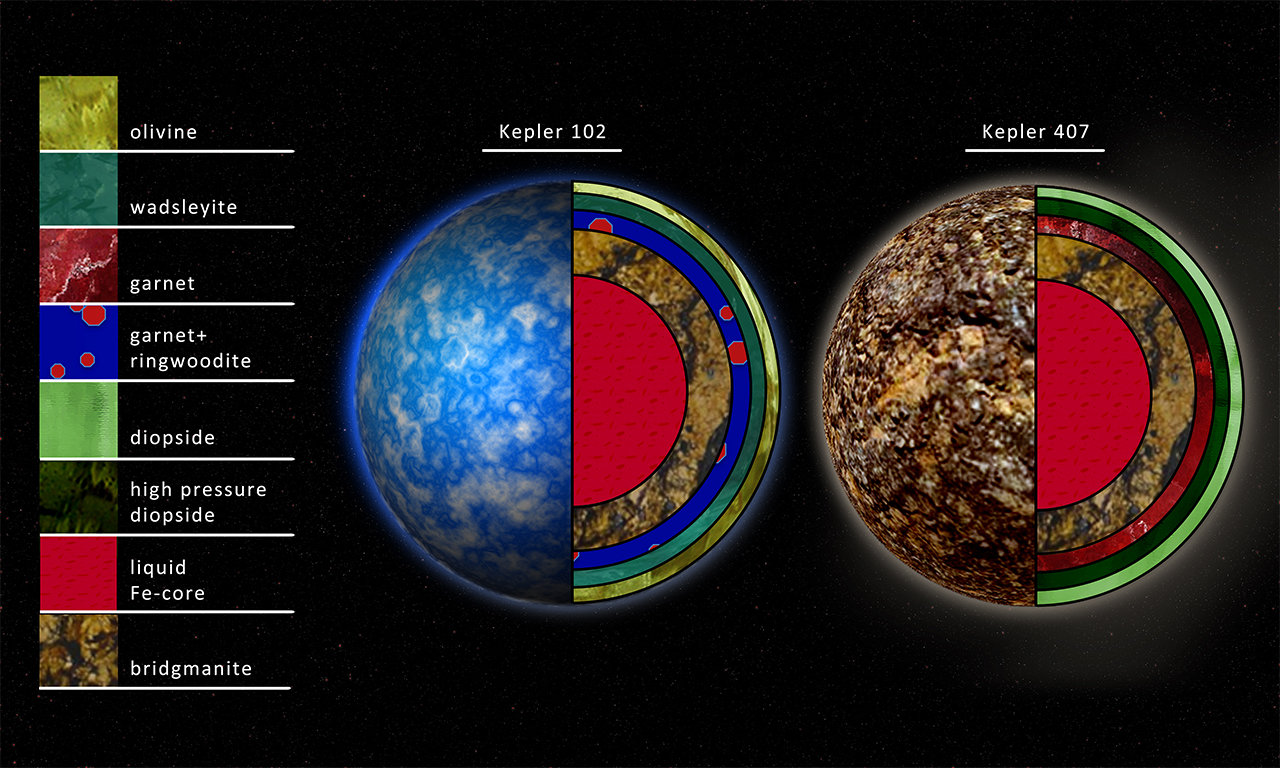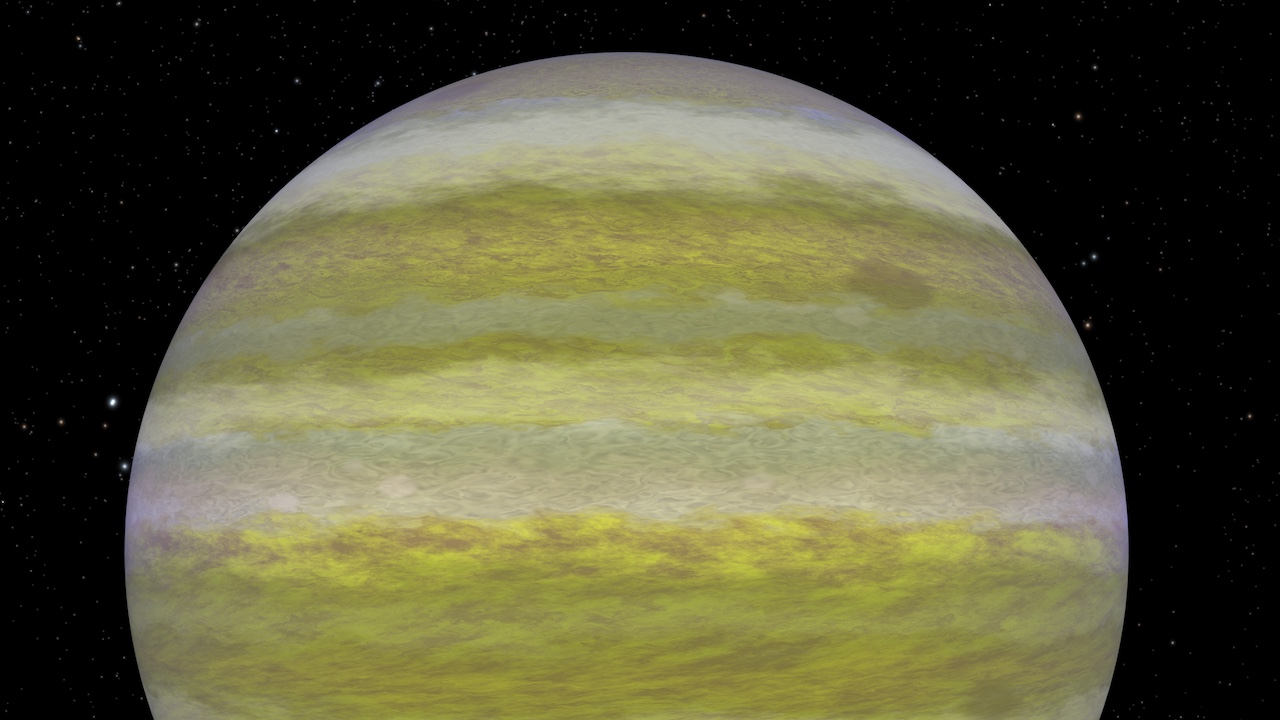4 min read

In results presented at the 2017 American Astronomical Society (AAS) meeting in Grapevine, Texas, astronomer Johanna Teske explained, “our study combines new observations of stars with new models of planetary interiors. We want to better understand the diversity of small, rocky exoplanet composition and structure — how likely are they to have plate tectonics or magnetic fields?”
Earth-sized planets have been found around many stars — but Earth-sized does not necessarily mean Earth-like. Some of these Earth-sized planets have been found orbiting stars with chemical compositions quite different from our Sun, and those differences in chemistry could have important consequences.
We want to better understand the diversity of small, rocky exoplanet composition and structure — how likely are they to have plate tectonics or magnetic fields?- Johanna Teske
Astronomers in the Sloan Digital Sky Survey have made these observations using the APOGEE (Apache Point Observatory Galactic Evolution Experiment) spectrograph on the 2.5m Sloan Foundation Telescope at Apache Point Observatory in New Mexico. This instrument collects light in the near-infrared part of the electromagnetic spectrum and disperses it, like a prism, to reveal signatures of different elements in the atmospheres of stars. A fraction of the almost 200,000 stars surveyed by APOGEE overlap with the sample of stars targeted by the NASA Kepler mission, which was designed to find potentially Earth-like planets. The work presented today focuses on ninety Kepler stars that show evidence of hosting rocky planets, and which have also been surveyed by APOGEE.
In particular, Teske and colleagues presented solar systems around the stars Kepler 102 and Kepler 407. Kepler 102 is slightly less luminous than the Sun and has five known planets; Kepler 407 is a star almost identical in mass to the Sun and hosts at least two planets, one with a mass less than 3 Earth masses.
“Looking at these two exoplanet systems in particular,” Teske explains, “we determined that Kepler 102 is like the Sun, but Kepler 407 has a lot more silicon.”
To understand what a lot more silicon might mean for the planets around Kepler 407, astronomers turned to geophysicists for help. Cayman Unterborn of Arizona State University ran computer models of planet formation. “We took the star compositions found by APOGEE and modeled how the elements condensed into planets in our models. We found that the planet around Kepler 407, which we called ‘Janet,” would likely be rich in the mineral garnet. The planet around Kepler 102, which we called ‘Olive,’ is probably rich in olivine, like Earth.”
That seemingly-small difference in minerals might have major consequences for Janet and Olive. Garnet is a stiffer mineral than olivine, so it flows more slowly. Unterborn explains that this means that a garnet planet like Janet would be much less likely to have long-term plate tectonics. “To sustain plate tectonics over geologic timescales, a planet must have the right mineral composition,” Unterborn says.
Without these geological processes, life may not have had the chance to evolve on Earth.- Wendy Panero
Plate tectonics is believed to be essential for life on Earth, because of how volcanoes and ocean ridges recycle elements between Earth’s crust and mantle. This recycling regulates the composition of our atmosphere. Wendy Panero of the School of Earth Sciences at The Ohio State University says that “without these geological processes, life may not have had the chance to evolve on Earth.” Determining the likelihood of such geological processes on other planets will help distinguish which ones are the best targets for future missions searching for signs of life. “If we’re looking for a needle,” Panero says, “why not start in the sewing box?”
The next step in the team’s research is to extend this study to all of the stars observed by APOGEE that host small planets. That extension would allow astronomers to map out a wider range of planet compositions and structures to find those most likely to be Earth-like in their mineral content. Teske concludes, “As we’ve learned more about the Earth, we have learned about how many pieces come together to make it habitable. How often will exoplanets get that lucky?”







